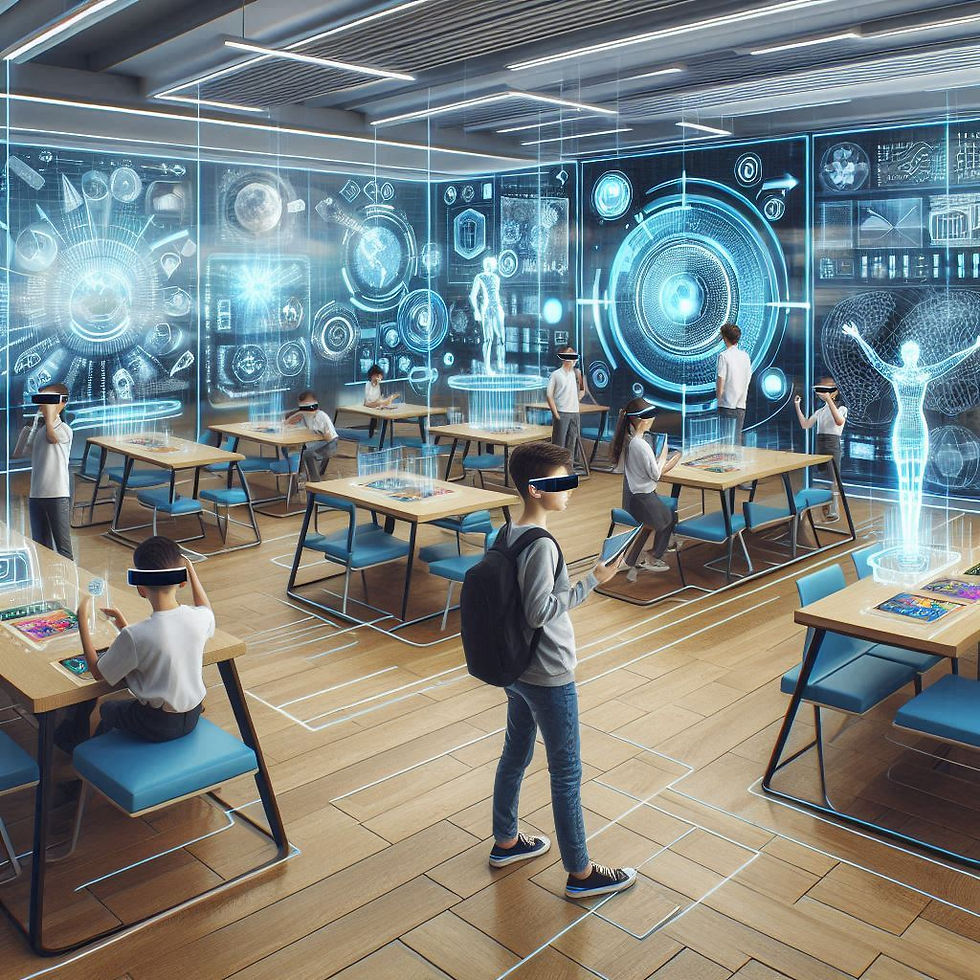The Unspoken Mastery of Mime: Exploring the Depths of Silent Storytelling
- Franco Arteseros
- May 29
- 4 min read
Updated: May 31
Mime, often called pantomime, is a captivating form of performance that tells stories, emotions, and characters purely through movement. This ancient art encourages both performers and audiences to harness their imagination and interpretation skills. By embracing silent storytelling, mime offers a unique way for people to connect through shared human experiences without spoken words.

What makes mime special is not just its silence but also how it taps into deep psychological and emotional connections. Understanding the intricacies of mime provides insights into the powerful ways non-verbal communication can move and engage us.

The History and Evolution of Mime
Mime traces its origins to ancient civilizations, especially within Greek and Roman theater. These early performers used gestures and movements to entertain and narrate complex stories. At that time, mime often related to ritualistic storytelling and evolved into structured performances evident in vaudeville acts and today’s theater.

A key figure in the modern mime revival is Marcel Marceau, a French artist who redefined this craft. Through his character, Bip the Clown, he graced stages across the globe, proving that silence could express profound emotion and bring life’s complexities to the forefront. His influence can be seen in the training and performance styles of contemporary mime artists.

Today, mime appears in various forms, from vibrant street performances to theatrical productions and even in film. This evolution mirrors changing artistic trends and society’s continuously evolving storytelling methods.
The Techniques of Mime

Successful mime relies on mastering specific foundational elements that enhance its impact.
Gesture and Movement

Gestures form the backbone of mime. Every movement is purposefully designed to convey emotions or stories clearly. A performer might use exaggerated movements to ensure the audience understands the narrative without needing words. For instance, a mime pretending to climb a rope can evoke humor or tension through how exaggerated the effort looks, emphasizing desperation or determination.
Facial Expressions

Facial expressions dramatically heighten the effectiveness of mime. Miming joy, sadness, fear, or anxiety solely through facial nuance engages the audience in the character's emotional journey. For example, an artist might display exaggerated frowns or wide smiles to translate feelings instantly. Many performers sharpen their skills through exercises focused on facial muscle control, enhancing their storytelling range.
Space and Environment

Understanding space is crucial for mime performers. They must create entire worlds from thin air, utilizing “invisible objects” to immerse the audience. Imagine a performer pretending to hold an umbrella during a rainstorm; the audience will visualize it based on the performer's context and movements. This artistic choice invites the audience to activate their imagination, filling in the gaps without physical props.

The Emotional Connection


Mime uniquely evokes emotional responses from audiences, often surpassing traditional verbal communication. This art taps into feelings that resonate across cultures. A skilled mime artist can convey joy, sorrow, or frustration through nuanced performance, creating empathy and a collective experience among viewers.

An evocative scene of a mime artist expressing heartbreak or elation can be so relatable that it prompts audiences to remember personal memories tied to those feelings. This shared emotional experience weaves a rich tapestry of connections that invite reflection and interpretation.
The Role of Imagination


The essence of mime relies heavily on the audience's imagination. Without explicit verbal cues, viewers must actively interpret meanings from what they see. This interactive aspect sets mime apart, transforming spectators into co-creators of their experience. As they watch, they engage mentally, reflecting on their interpretations and emotions.
Consider a scene where a mime is seemingly trapped in an invisible box. Each struggle and expression invites the audience to visualize and understand the character's plight, creating an immersive experience.

Mime in Popular Culture

In recent years, mime has made a comeback in popular culture, appearing in various films, television shows, and live performances. Contemporary artists draw on traditional techniques while infusing modern narratives. For example, the film "The Artist" showcases the evocative power of silence, reminding us of its significance in a fast-paced, noise-filled world.

Street performances and flash mobs also demonstrate the effectiveness of mime for social commentaries. For instance, a group of miming artists might act out a scene symbolizing environment conservation issues, raising awareness without uttering a single word.
The Future of Mime
As society advances, mime will likely adapt while retaining its core essence. Given the increasing focus on non-verbal communication in areas like education and therapy, mime is becoming increasingly relevant.
Performers are already experimenting with technology and new mediums to expand their storytelling capabilities. Innovations like virtual reality experiences can take mime to new depths, inviting audiences to engage with narratives in unprecedented ways while maintaining the captivating allure of silent storytelling.

Final Thoughts

Mime is a powerful form of expression that transcends cultural and language barriers. Through gestures, facial expressions, and creative storytelling, this age-old craft continues to inspire and entertain audiences around the world.
As artists embrace both tradition and innovation, the essence of silent storytelling will remain a vital part of the theatrical landscape. By engaging our emotions and imaginations, mime invites us to connect with each other and the stories we share in profound and memorable ways.

Franco Arteseros....
















Your blog post on Mime beautifully captures the essence of this captivating art form! 🎭 The way you explore its historical roots and emotional depth is both enlightening and inspiring. It's fascinating how mime transcends language barriers, allowing for a universal connection through movement and expression. Your insights into the techniques and emotional connections involved in mime performance truly highlight its significance in the world of art. Keep up the fantastic work in showcasing the beauty of silent storytelling! 🌟👍